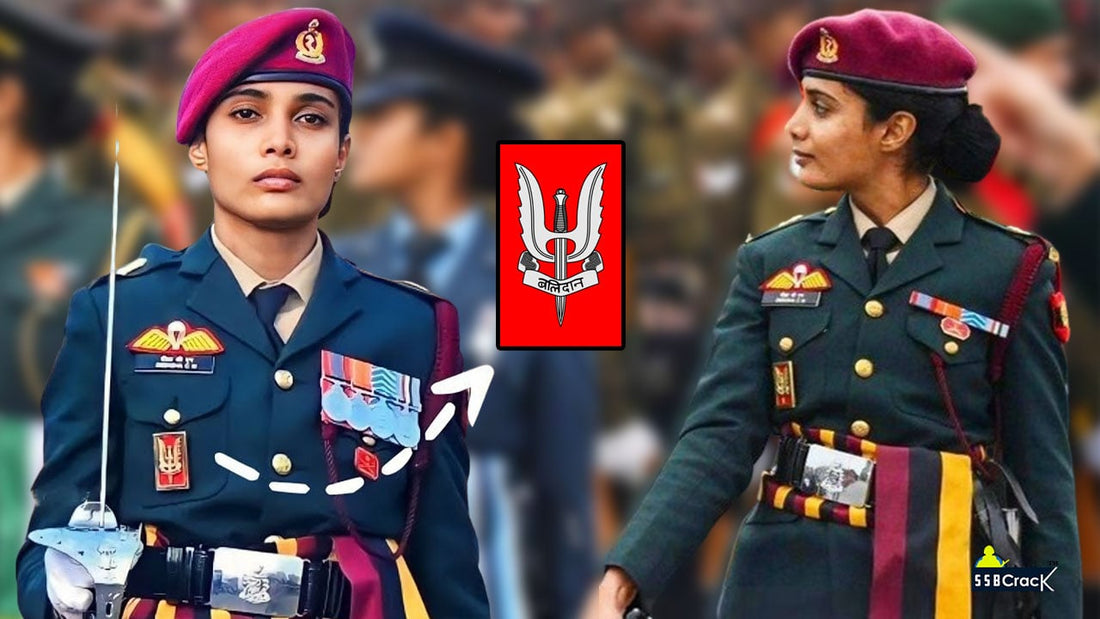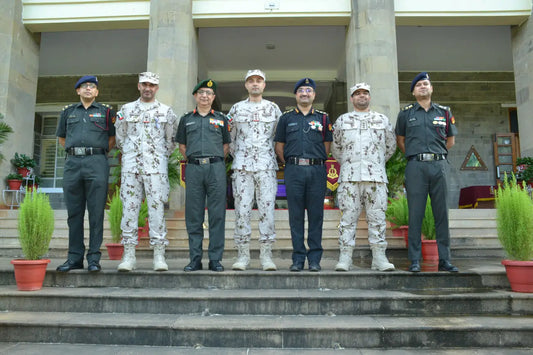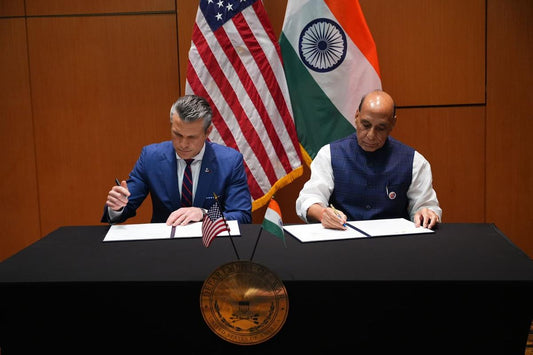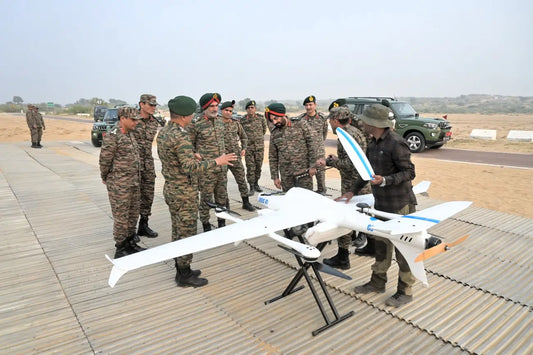Women's Role in Indian Army: Challenges and Future in Para Special Forces

In recent years, the discussion around the inclusion of women in the Indian Armed Forces has intensified, focusing on equality, capability, and the future trajectory of military service. A recurring topic of interest is whether women can join the Para Special Forces (Para SF) of the Indian Army. Presently, the answer is a clear no, as women are not allowed to become members of the elite Para Special Forces, which are part of the combat arms of the Indian Army. Understanding this policy's implications is crucial to appreciate the broader context of women's roles in military operations and the ongoing evolution in these roles.
Historical Context
Since the late 1990s, the Indian Army has been integrating women into its ranks in a more structured way, albeit gradually due to traditional views on gender roles in combat. While women's contributions in areas like medical support, logistics, and communications have been acknowledged, direct combat positions remained out of reach until very recently. As of October 2023, women can serve in various capacities within the armed forces, but direct entry into combat arms, including the Parachute Regiment that houses the Para SF, is not permitted.
The Para Special Forces are among the most elite units within the Indian Army, requiring personnel to meet stringent physical, mental, and tactical standards. These criteria create a considerable challenge for women who aspire to serve in such roles. The integration of women into elite combat units like the Para SF is not solely a matter of policy but also reflects societal views on women's capabilities in high-risk roles where physical and mental resilience are essential.
Understanding Para Special Forces
What are Para Special Forces?The Para Special Forces are part of the Indian Army's Parachute Regiment, recognized for rapid deployment and high operational readiness. Operating in diverse terrains and conducting covert missions, they receive training in counter-terrorism, hostage rescue, and unconventional warfare. Selection as a Para SF commando demands exceptionally high standards and completion of a rigorous selection process.
Current Roles of Women in the Army
Women currently serve in the Indian Army in various support roles, including:
| Role | Description |
|---|---|
| Medical Corps | Providing essential medical care to soldiers in the field. |
| Signals | Handling communications and information technology. |
| Logistics | Ensuring personnel are adequately supplied with necessary resources. |
Although women can volunteer for Special Forces selection in the Indian Air Force (IAF) Garud Commandos or Naval Marine Commandos (MARCOS), none have qualified for these roles as of 2023. This gap highlights the obstacles women face in meeting the demanding service and physical requirements expected of Special Forces personnel.
The Eligibility Dilemma
While women can undergo limited paratrooper training and earn their wings, they return to their parent units after training, as they are not deployed in combat roles within the Para SF. Thus, even if women are capable and ambitious enough to become Para SF commandos, current military policies restrict their eligibility.
Experience and Qualifications
Notable attempts by women to join elite Special Forces units highlight the challenges:
| Branch | Attempt |
|---|---|
| Indian Air Force | Two women officers attempted Special Forces training but did not qualify. |
| Marine Commandos | A group of 20 women soldiers (Agniveers) failed to meet the standards for MARCOS deployment. |
These instances do not necessarily reflect women's overall capabilities but illustrate the harsh realities of entering high-level military domains.
Comparisons with Other Branches
In contrast to the Indian Army, the IAF and Navy have made progress in integrating women into their Special Forces units:
| Branch | Opportunity |
|---|---|
| IAF Garud Commandos | Women can volunteer, but none have qualified yet. |
| MARCOS in the Navy | Open to female volunteers, but no successful qualifications to date due to unchanged selection tests. |
This broader context highlights a consistent trend across all military branches: while opportunities are emerging, substantial barriers remain for women.
Challenges Faced
The exclusion of women from combat roles such as Para SF commandos arises from several challenges, including:
| Challenge | Description |
|---|---|
| Cultural Attitudes | Traditional views on gender roles in combat often limit women's opportunities. |
| Physical Standards | Rigorous mental and physical standards for combat arms pose challenges for many women candidates. |
| Policy Restrictions | Current military policy does not allow women to be commissioned into combat arms, excluding them from roles like Para SF commandos. |
Possible Solutions
To address these challenges and advance the integration of women into combat roles, the following solutions could be considered:
| Solution | Description |
|---|---|
| Policy Review | Conducting a comprehensive policy review to create an equitable framework for women's roles in combat. |
| Tailored Training Programs | Developing specialized, rigorous training programs that enhance physical capabilities while considering gender dynamics. |
| Cultural Shift | Efforts to change cultural perceptions of women in combat roles to foster a supportive environment. |
| Mentorship Programs | Pairing aspiring female officers with seasoned veterans to navigate military training complexities. |
Future Trends and Predictions
Looking ahead, the role of women in the Indian Armed Forces is expected to continue evolving. Potential changes include increased opportunities and recruitment in combat roles, including elite units like the Para SF.
| Trend | Description |
|---|---|
| Slow Integration | Full integration into combat roles may take time, but ongoing discussions on gender equality offer potential for gradual changes. |
| Increased Representation | As more women advocate for inclusion, there may be greater representation across diverse military roles. |
| Field Trials | The Indian Army may conduct field trials and evaluations specific to women's participation in Special Forces. |
Conclusion
The current status of women in the Indian Army, particularly regarding the Para Special Forces, epitomizes a larger struggle for gender equality in the military. Firm policies excluding women from combat roles within the Para SF indicate significant barriers remain. However, the ongoing discussions suggest a desire for transformation, envisioning a future filled with possibilities.
Progress depends not only on policy changes but also on a cultural shift towards acceptance. As the military continues to balance tradition and inclusivity, the day may come when women join men in the ranks of the Para Special Forces. Achieving this vision requires concerted efforts from various sectors of society, including military leadership and the families of aspiring female cadets.
Empowering women in defense roles is not only advantageous for the armed forces but also strengthens national security and reflects societal progress toward equality and inclusivity. Open dialogues and progressive frameworks can break down barriers, allowing capable women to earn their rightful places as defenders of the nation.



















